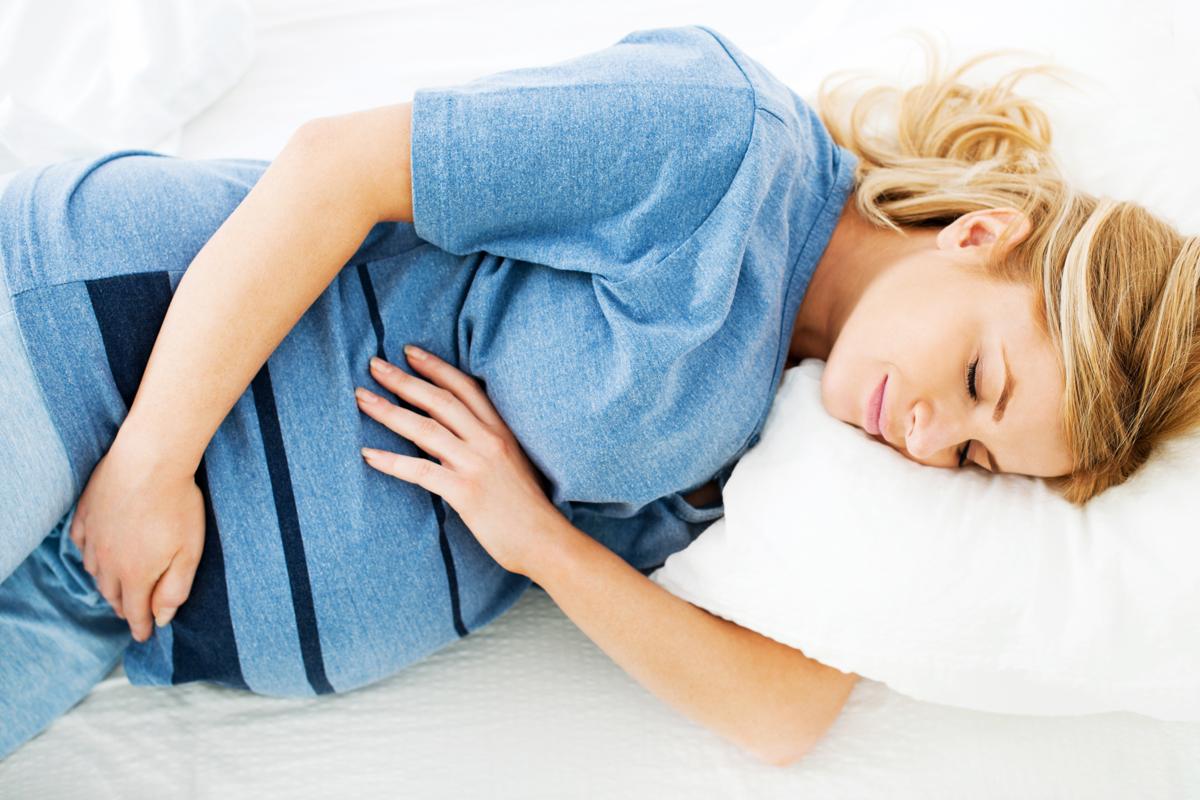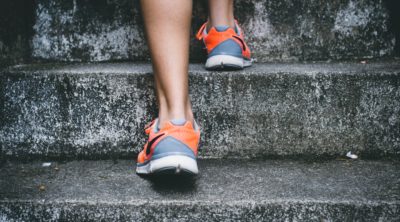
Breast cysts are very common in women, especially those in their reproductive age. Read on for some information about the causes for such cysts.
Breast disorders can be of different types. As breast cancer is one of the worst fears of any woman, it is always better to have a basic understanding about the common breast disorders. However, this does not mean that you can ignore such problems or go for a self diagnosis. As soon as you notice any such disorder, you must seek immediate medial attention to find out the true nature of the disorder, so as to rule out the possibility of breast cancer. Breast cysts are among one of the common breast disorders.
What are Breast Cysts
As mentioned above, breast disorders can be of different types. Some of them are associated with lumps that develop inside the breast. We all know that any lump or growth inside the breasts may raise suspicions about breast cancer. So, such breast lumps must be properly studied and diagnosed, so that they can be treated at the earliest.
A breast cyst is a fluid-filled sac that develops inside the breast tissue. These cysts can be smooth or hard. While, some women develop a single cyst, others may have multiple ones. They can be round with distinct edges and may move easily, when touched. Breast cysts located deep inside the tissues may not be movable and are often found to be hard. Such cysts may develop in one breast or both. Even the size of these cysts may not be uniform. As the breast tissues and glands respond to hormonal changes, the size of the breast cysts may vary with changes during the monthly cycle. While some are large enough to be felt, others are tiny and can be detected only with an ultrasound test.
Breast Cyst Causes
If you take a look at the anatomy of the breast, it can be found that there are around 20 lobes that are arranged in a spherical manner along with supporting connective tissues. Each lobe is made of several lobules that produce milk during pregnancy and lactation. This milk is transported through ducts and is collected beneath the nipple, which the baby suckles. Breast cysts develop when these lobules get enlarged and filled with fluid. It may also happen as a result of blockage of these lobules by connective tissues. In that case, the lobules get dilated and filled with fluid.
In short, breast cysts are normal breast lobules that get filled with fluid. What causes breast cysts? It is believed that such breast changes are caused by fluctuations in hormonal levels. This is because, breast tissues undergo changes throughout a woman’s lifetime and most of these changes are controlled by hormones. During the monthly cycle, the breast tissues produce and absorb fluids as per hormonal changes. In case of excess estrogen levels, the breast tissues will produce and absorb more fluids. Eventually, the fluids will get collected in the lobules, forming breast cysts. Such a collection of fluids could be due to enlargement of lobules or due to their blockage. So, it has been suggested that estrogen dominance or excess estrogen is the reason for causing such cysts.
Almost 85% of the breast cysts are found to be benign and so, these cysts are not usually linked to breast cancer. In some cases, such cysts may appear with breast cancer. These cysts, especially the small ones are asymptomatic, but can be associated with pain and tenderness (mostly found with large cysts). Breast cysts are diagnosed with the help of an ultrasound, so as to make sure that they are fluid-filled. If there are any lumps, a biopsy must be done.
In case of cysts that cause extreme pain and discomfort, fine needle aspiration can be done, so as to drain out the fluid, which may be sent for a biopsy (especially the bloody ones). Even if the fluid is drained, there are chances that in some women, the cyst may reappear. For those asymptomatic, fluid-filled cysts, regular monitoring is advised. According to health experts, breast cysts can be prevented and managed to some extent by adopting a non fatty balanced diet and regular exercise. Avoid exposure to estrogenic products and xenoestrogens (found in plastics, pesticides and petroleum products.)
This is only a brief overview about breast cysts. This HerHaleness article is only for informational purposes and should not be used as a replacement for expert medical advice. So, if you find any such breast changes, contact your doctor at the earliest and get the condition diagnosed.
